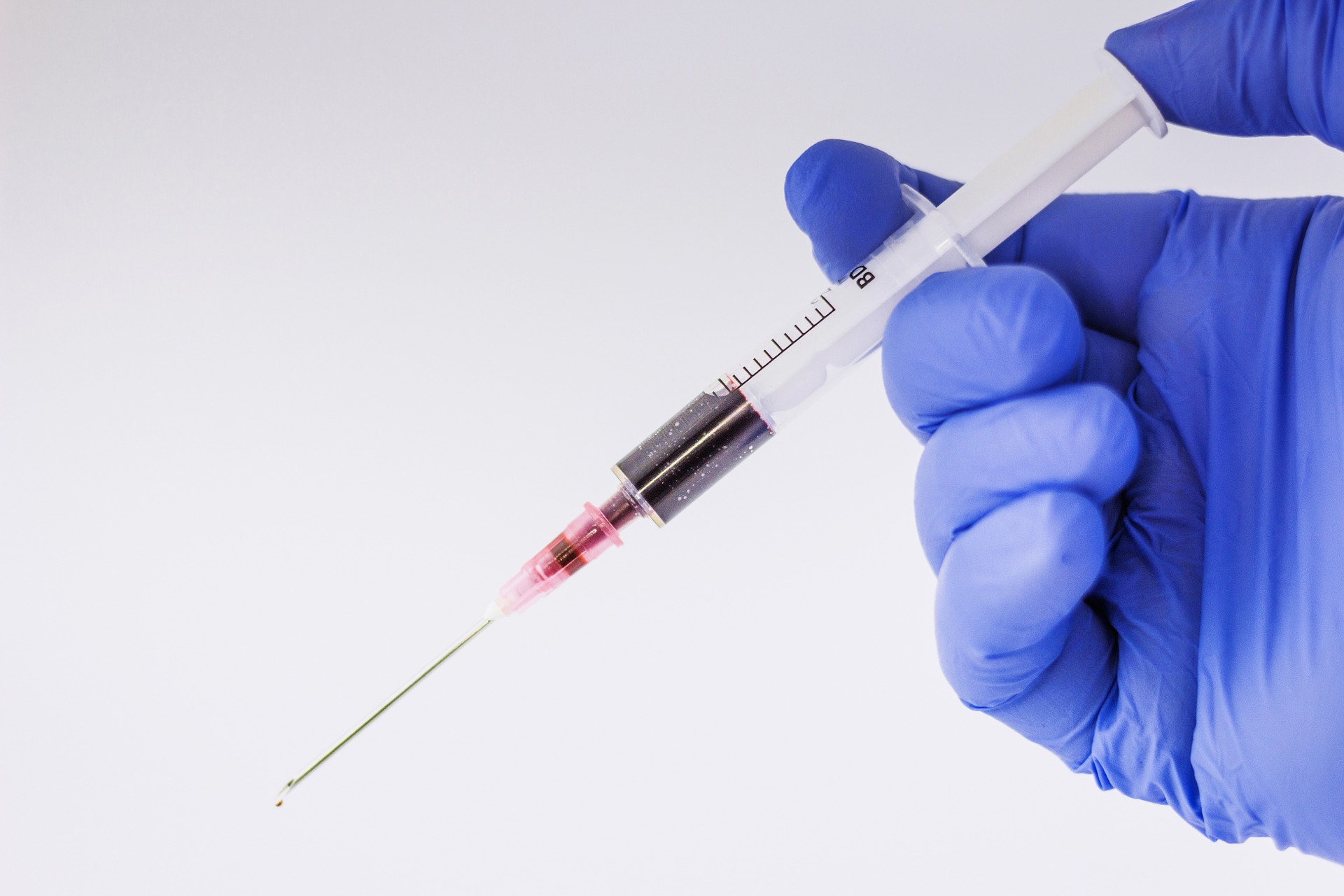
02 Mar Gloves: the barrier between you and COVID-19
Infection begins with exposure…
Gloves act as a barrier between you and infectious material.
There are lots of reasons why medical gloves are worn! These include reducing the risk of germ dissemination to the environment and reducing the risk of transmission from healthcare worker to patient and vice versa.
They basically help reduce the chances of someone picking up a nasty bug.
They should be used during all patient-care activities with potential exposure to body fluid, contact with mucous membrane and non-intact skin; during contact precautions; and during outbreak situations.
What criteria should gloves meet to protect me?
Gloves are the most common type of personal protective equipment (PPE) used in healthcare settings and there are a lot of factors to consider when choosing the right one. Do they need to be sterile? What material should they be: vinyl, latex or nitrile? What’s more appropriate, single use or reusable? And how many pairs need to be worn at once, one or two?
For most patient care activities, one pair of disposable, non-sterile gloves made of one of the above materials is used. This applies with COVID-19.
In their Disease Commodity Package for novel coronavirus, updated 7th February 2020, the World Health Organisation recommends nitrile examination gloves that are powder-free, non-sterile and at least 230mm total length for use in patient screening.
How does a glove protect me?
In short, experts assess this! According to a 2013 paper, the ability of gloves to help protect you depends on their integrity, and the absence of perforations.
Pathogens can enter gloves via “pinholes”. Using the acceptable quality level (AQL) one knows how strong a barrier the glove is! An AQL of x number means up to x% of gloves in any batch have pinholes, so you can use a glove with a low AQL for high protection. Experts at Shield Scientific explain that pinholes are usually based on a water leak test. This test indicates the level of barrier protection offered to the patient.
Gloves are tested for their resistance to blood-borne pathogens with ISO 16604:2004 and ASTM F1671 standards. Due to the extremely small size of viruses, they can be tested for their resistance to viruses specifically.
One of the parts to EN 374, a standard that many gloves must meet, requires that testing follows the ISO 16604:2004 test method. Our partners at Sempermed explain the testing process for these methods is as follows:
- Material sample is placed in a test cell
- A solution containing Phi-X174 bacteriophage is applied to the glove’s exterior surface
- Atmospheric pressure is applied to the exterior surface after the sample has been conditioned. For ASTM F1671 only, an extra test cycle is used to expose the gloves to additional pressure
- The inside of the glove material sample is examined to see whether viral penetration occurred
Who else needs to wear gloves?
What PPE is needed is determined by setting and type of activity. Besides healthcare workers, cleaners and visitors entering the room of COVID-19 patients will need gloves too according to interim guidance from the World Health Organisation. Laboratory technicians who manipulate respiratory samples will also need gloves, as will caregivers at home who provide direct care to COVID-19 patients. Gloves are a crucial form of PPE often used in combination with other PPE such as gowns, eye protection and masks.


Sorry, the comment form is closed at this time.